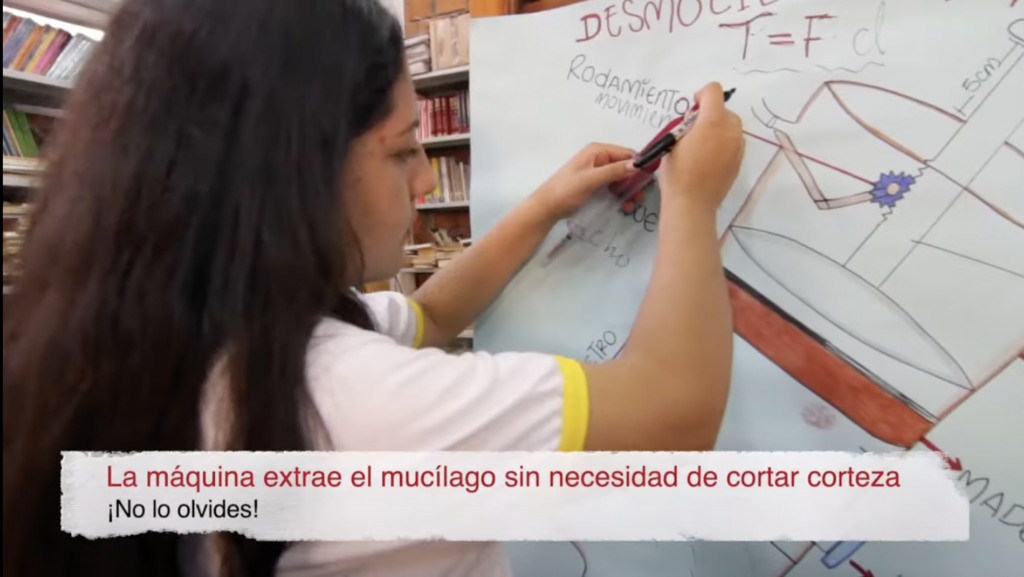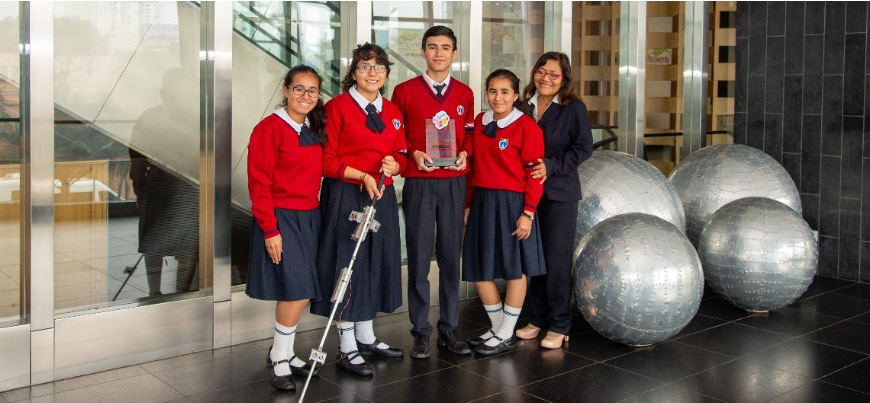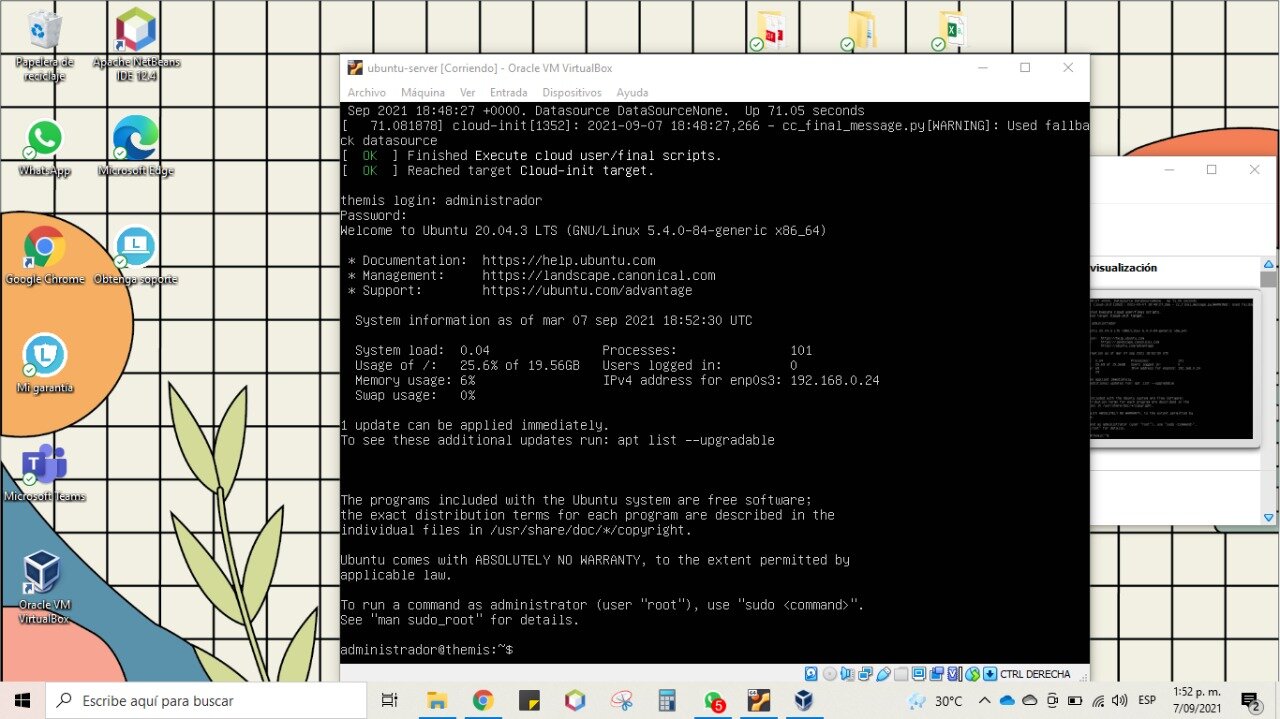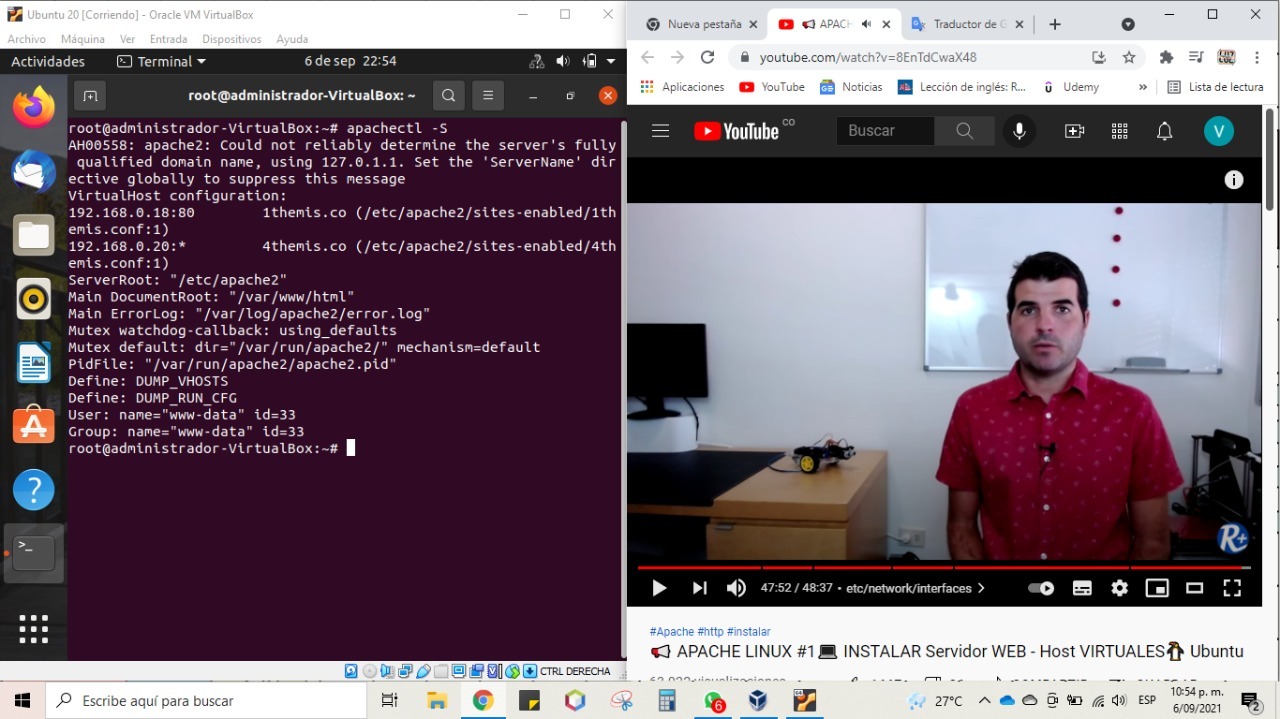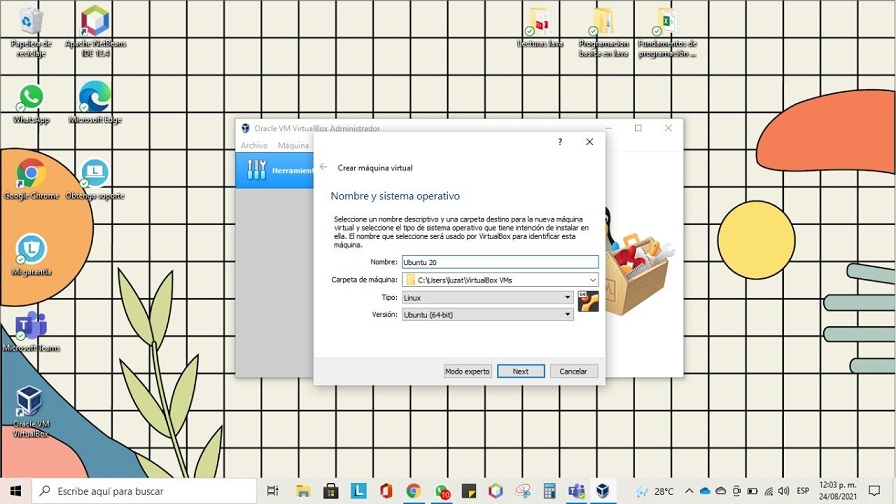Project gallery

Themis: your access to knowledge
Report sent by the Teacher
Alex Alberto González JuradoSchool
IED Comunitaria Metropolitana Barranquilla, Atlântico, ColombiaProject team composition
Anshyrly Andrea Chacón Arbeláez, Dani Daniela Maldonado Angarita, Luz Merys Atencio Díaz, Melwin David Guzmán Guzmán.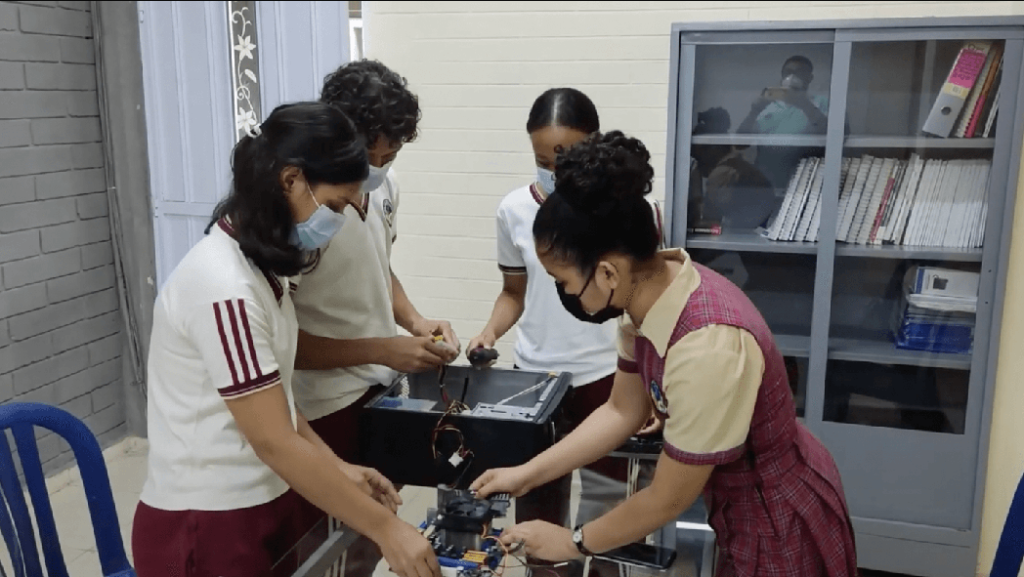
Age of students
15 to 17 years oldOther areas of knowledge
History, Geography, Social Sciences or SociologyProject duration
One semesterSoft skills
Collaboration, Communication, Creativity, Critical thinkingSTEM areas
Engineering, Math, TechnologyEmpathy: learning from people’s values and needs
Project objective, problem to be solved, and main actions
The objective of the project is to give these young people the possibility of accessing educational content and interacting in real-time with their peers through an independent and free network, a series of network protocols, a specialized software suite, and an antenna system.
After analyzing the data obtained in the survey carried out with the institution’s student community, we found that of the 717 students with devices capable of connecting to the Internet, only 34% have residential broadband service; 28% connect with mobile internet and the remaining 41% do not have access to the internet, making this a big problem, as these students would be without the possibility of accessing the educational service amid the pandemic.
For the planning of the project, first, an awareness stage was necessary, then a documentation stage, a prototyping stage, and finally a test stage. The problem for us was very easy to identify, as, in our school of 1,060 students, 717 had no connectivity, which meant a problem that could be solved.
The project was the idea of young people, who then came to me.
Definition: better understanding of the challenges
Deepening into the issue and involvement of the school and local community
The directives had no direct participation in the development of the initiative, in addition to opening the school spaces during extracurricular hours.
After exposing the project’s objectives, it was presented to the Tecnoglass Foundation and the Barranquilla Department of Education, which provided financial support for the development of the prototype.
Ideation: developing creative solutions
The development of the solution
To get to the prototype of Themis we went through many difficulties. First, not knowing anything about computer networks took us through a long process of document review and training; then we moved on to the review phase of what software was needed and adapted to our solution. After deciding on an operating system called Ubuntu Linux, we decided to switch to one called Lubuntu, which was a lighter distribution; but then came the first stone: where were we going to install everything? We had to make the computer march, looking for damaged computer parts to be donated to assemble our first version of the prototype that at the time was going to be called Frankenstein, but seeing that many students showed solidarity and that in reality they were all after the same goal than us, decided to change the name to Themis, for justice and equality. Thus was born the first version of Themis, but the second difficulty came: how would we distribute the signal? We knocked on the doors and no one answered. So, we had to self-finance the first antenna which, although very limited, served to test both the hardware and the software we chose. Having the prototype and proving that what we wanted to create worked, we called the private company and it was Tecnoglass who helped us in the first place, injecting us with capital that allowed us to acquire better equipment with which we could expand our radius of action and install more specialized software.
Prototype: making ideas tangible
The construction of the prototype
Themis is in operation and has a coverage of 150 meters around the school and includes the IED’s facilities.
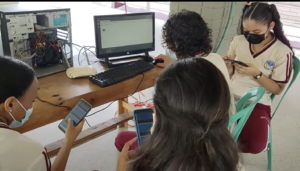
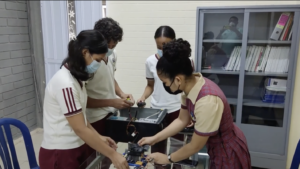
Test: putting ideas out into the world
Evaluation of the process and the developed solution
We evaluate user satisfaction with the system in terms of UI and UX. In addition, students were evaluated by taking into account their exit behavior and their evolution throughout development.
Reflections and pedagogical practices
The value of participating in Samsung Solve for Tomorrow
The most important thing about participating with my students was seeing their evolution throughout the development of the project and the use they had of mentoring, which allowed them to grow in skills, mainly communicative and argumentative.
Achievements and advances perceived by the teacher, throughout the process
Students with a greater commitment to society, resilient and above all, empathetic.
Challenges faced
Find support in school guidelines.
Learning incorporated into the teacher’s routine and practice
The use of PESTELS as a way to learn more about a problem.
Discover the related Inspirational case
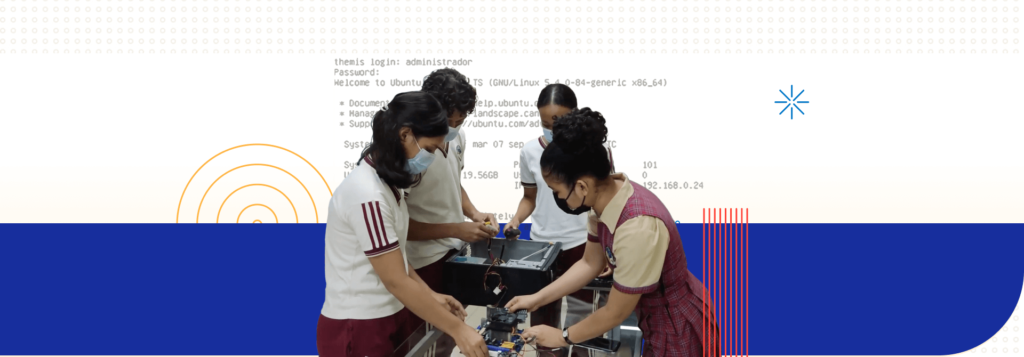
Colombia

Winner
Students enable free internet connection, turning the school into a wi-fi hub
Teachers and students from Barranquilla, Colombia, build an antenna to serve the community and promote connectivity.
